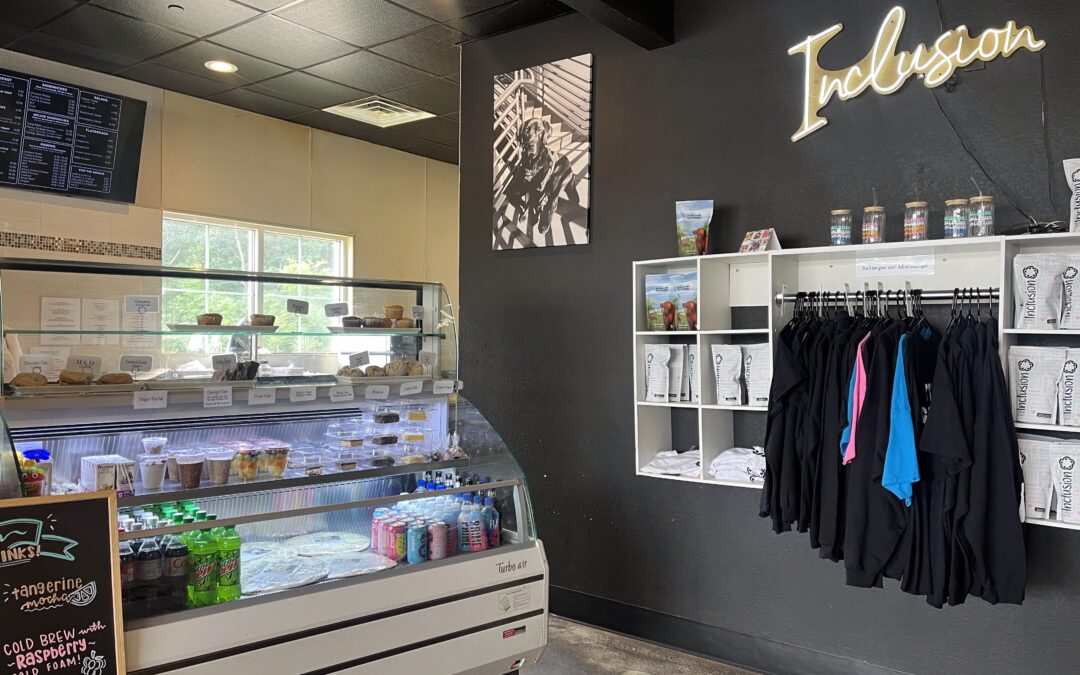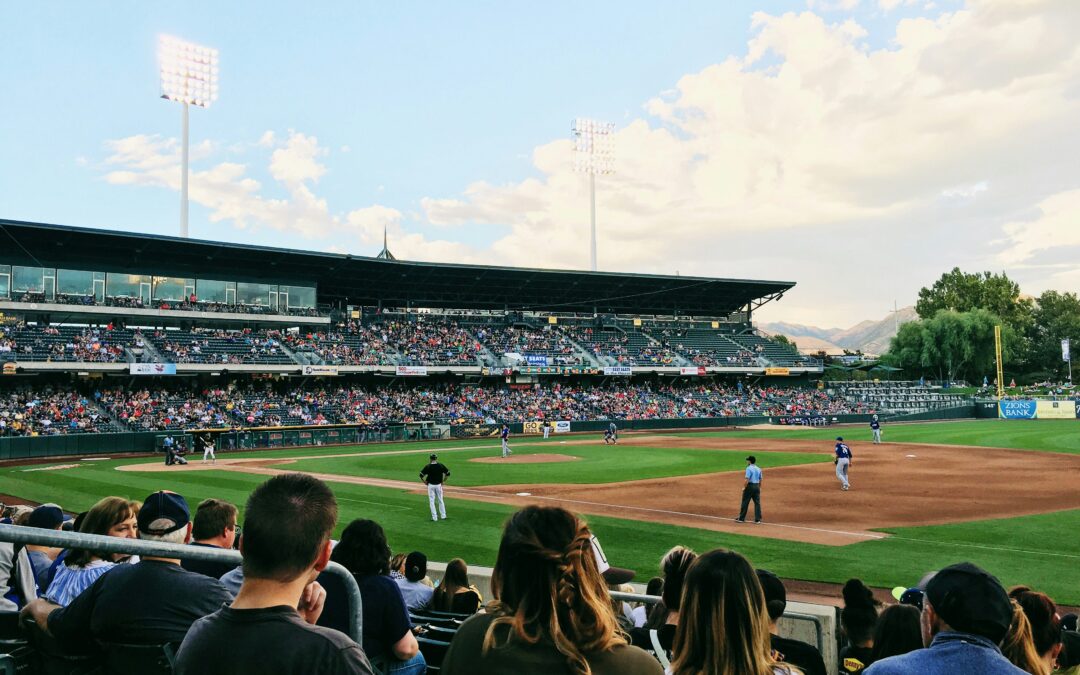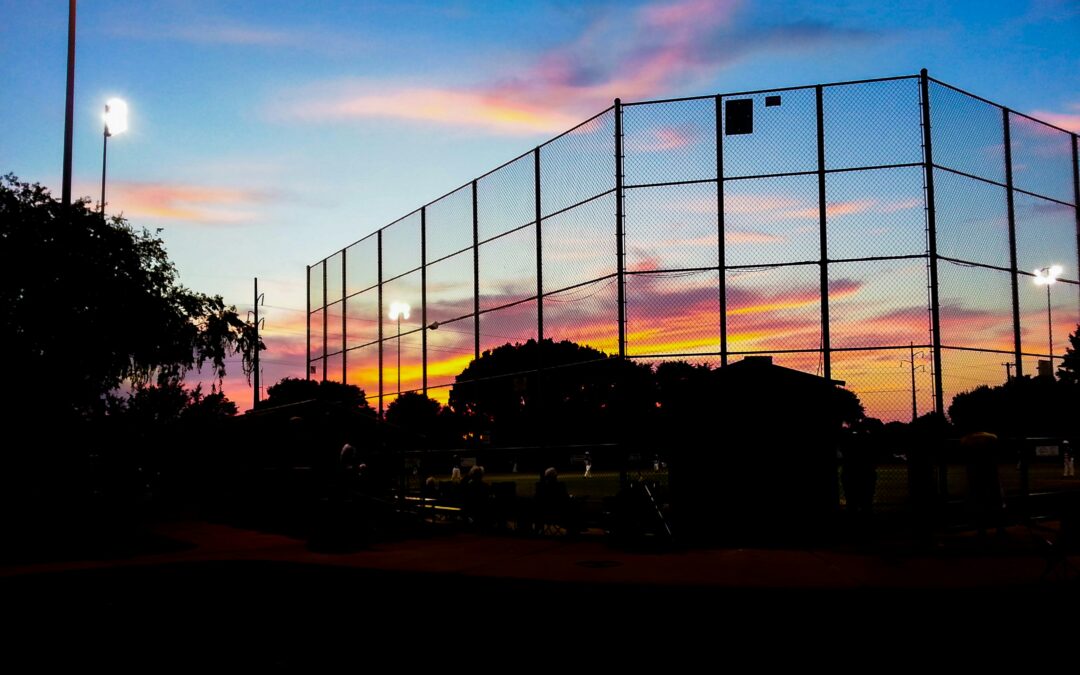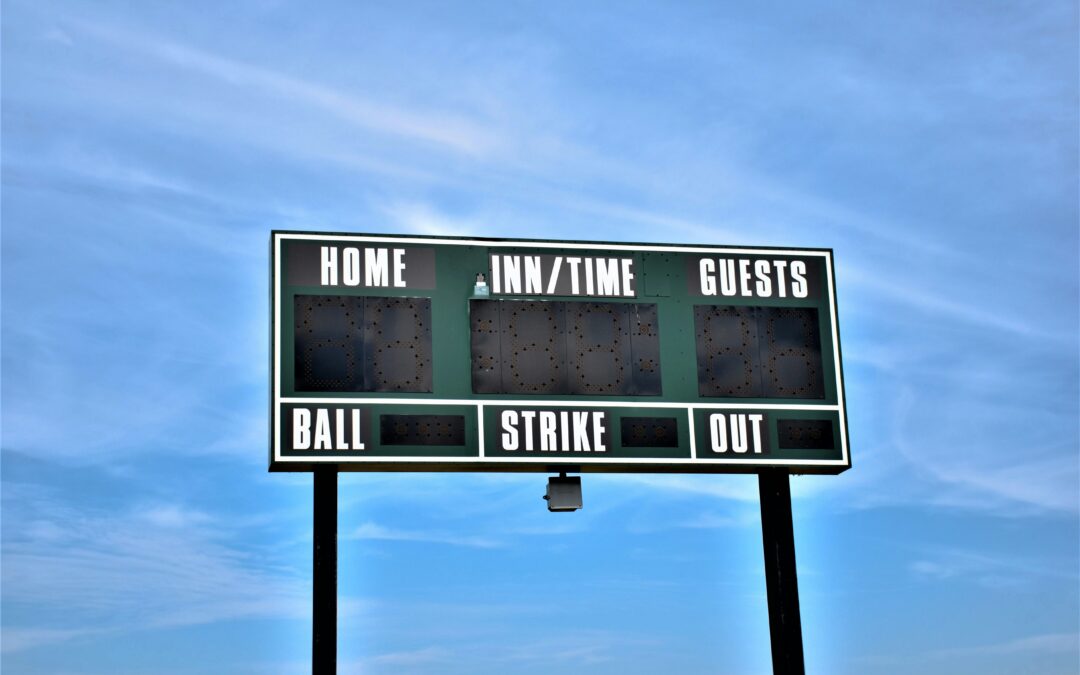More and more Americans are drinking raw milk for alleged health benefits, data show—even in states where it’s illegal to purchase.
By Jon Miltimore
On her podcast The Skinny Confidential, Lauryn Evarts Bosstick made a confession while speaking with actress Gwyneth Paltrow a few months ago.
“I have a dealer,” she said.
Bosstick wasn’t talking about heroin or cocaine. She was talking about raw milk, which she says “really changed my life.”
Paltrow, the founder of the wellness and lifestyle company Goop, confessed she, too, is a raw milk user.
“I drink raw cream in my coffee, every morning,” said Paltrow.
As someone who has never drunk raw milk, my first thought was, Why is raw milk such a big deal that some people would revert to black markets to drink it. My second thought was, Why in the world is a black market necessary to drink milk?
Benefits and Risks
Most of the milk you buy in stores is pasteurized, a process that became a standard operating procedure by milk producers decades ago as a measure taken to kill bacteria and reduce the likelihood of consumers getting sick. In 1987, the Food and Drug Administration prohibited the interstate sale of raw milk.
Despite this, many consumers continued to drink raw milk, which is legal to sell in various states. Though the regulatory landscape is complicated, it’s clear that a majority of US states don’t allow consumers to purchase milk directly from farmers, though at least 14 states do. Many other states allow consumers to purchase raw milk in retail stores, after it’s been tested and cooled. (This appears to be how Paltrow purchases her cream for coffee.)
Because of this, millions of Americans continue to drink raw milk each year, even though the Centers for Disease Control and Prevention (CDC) says raw milk has no health benefits, but serious health risks.
“Pasteurized milk offers the same nutritional benefits without the risks of raw milk consumption,” the CDC’s website says.
The claim that raw milk comes with no health benefits is a categorical claim fitting for a bureaucracy, but it’s one often avoided by scientists, who tend to weigh potential health risks against potential health benefits.
For example, a 2014 Johns Hopkins University study found that raw milk was much riskier than pasteurized milk, and concluded that they had found “no evidence that the potential benefits of consuming raw milk outweigh the known health risks.”
Still, the authors noted that some scientific research did find potential benefits, pointing to European studies showing that raw milk protects against asthma, allergies, and eczema.
Additionally, you’ll find thousands of testimonials online of people who claim that raw milk gave them energy and was an effective treatment against Crohn’s and Colitis.
“Raw dairy has offered me a lot of symptom relief,” says Chris Gascoigne, a Crohn’s Disease and Colitis expert.
Do these alleged health benefits outweigh the risks of drinking unpasteurized milk? I have no idea. But that’s the wrong question to ask.
Who Gets to Choose?
Most debates over raw milk center around whether it’s dangerous or has health benefits, or whether the risks outweigh the benefits.
But what we really should be asking is, Should it be illegal?
After all, virtually everything comes with some risk. I drink coffee every morning even though research shows it can result in various health issues, from anxiety and tremors to high blood pressure. (Other research shows various health benefits.)
I don’t smoke cigarettes, but I know many people who do. And last I checked, cigarettes are far more dangerous than raw milk. Skittles are yummy, but some researchers say they need to be banned because they contain chemicals toxic to children. And my hunch is that beer has more health risks than health benefits, but that doesn’t stop millions of Americans (including myself) from drinking some from time to time.
The point is, life involves a great deal of risk. We make a thousand choices every day on what risks we’re willing to take and what ones we choose to avoid. We cross streets, fly on planes, drive cars, take pills, and eat food.
When I go out to dinner with my wife, I’ll have an abundance of options to choose from. Some will taste better than others, while some will have high risks. What is best? That’s the wrong question.
“The most basic question is not what is best,” the economist Thomas Sowell once observed, “but who shall decide what is best.”
Who gets to choose? That is the question to ask. We hear the phrase “my body, my choice” a lot in America. But the comedian George Carlin once pointed out that increasingly people in power want to choose for us.
“The politicians are put there to make you believe you have freedom of choice. You don’t,” Carlin quipped. “You have no choice. You have owners. They own you.”
Carlin was a comedian, but he was making a genuine point. Politicians often believe they get to decide, even during decisions involving your own health and welfare.
A Growing Trend?
I’m not here trying to get anyone to drink raw milk.
In fact, I can tell you I won’t be drinking it myself anytime soon, even though my home of Minnesota is one of 22 states where farm-to-consumer sale is not restricted. (It’s not technically legal, either. I can buy it so long as the farmer doesn’t bottle it and I don’t intend to drink it. Or something. Laws are weird.)
Nor am I going to try to sell you on the health benefits (which I know little about) or argue that drinking raw milk is risk-free. It’s not. CDC data state that from 2013 to 2018, there were about 75 outbreaks linked to raw milk, which resulted in 98 hospitalizations and 675 illnesses.
My point is that drinking raw milk shouldn’t be a big deal. But it is.
“Guys, you’re going to go viral for poisoning the American milk supply,” Paltrow smiled when Bosstick brought up her “raw milk dealer.”
Paltrow’s snark shows she sees how ridiculous the Raw Milk Wars are. But it’s important to understand that they’re not really about milk. To go back to Sowell, they’re about who gets to decide.
There’s a class of people in America who think that they should get to decide, and they really don’t like the fact that millions of Americans continue to drink raw milk, a trend that is apparently growing.
“Since March 25,” PBS reported in May, “weekly sales of raw cow’s milk have ticked up 21 percent to as much as 65 percent compared with the same periods a year ago, according to the market research firm NielsenIQ.”
There is a certain logic to the trend, some noticed. David Acheson, an infectious disease doctor who has led food safety efforts at the FDA, said the government’s baseless regulations during the Covid-19 pandemic—six feet social distancing, closed beaches, aggressive masking—came with a cost.
“The way the government handled Covid tipped a lot of people against [having confidence in authorities],” Acheson told Vox.
This is likely true—and justified. Yet many are alarmed. Nicole Martin, a food scientist and a director of the Milk Quality Improvement Program at Cornell University, was asked about the surge of people drinking raw milk. She was aghast.
“It defies logic,” she told Vox. “Anything that the FDA tells our customers to do, they do the opposite.”
With all due respect to Martin, what’s truly illogical is a system that requires “raw milk dealers.”
Originally published and syndicated with permission from FEE.
NEXT: Delicious New Foods to Try at the 2024 Wisconsin State Fair










